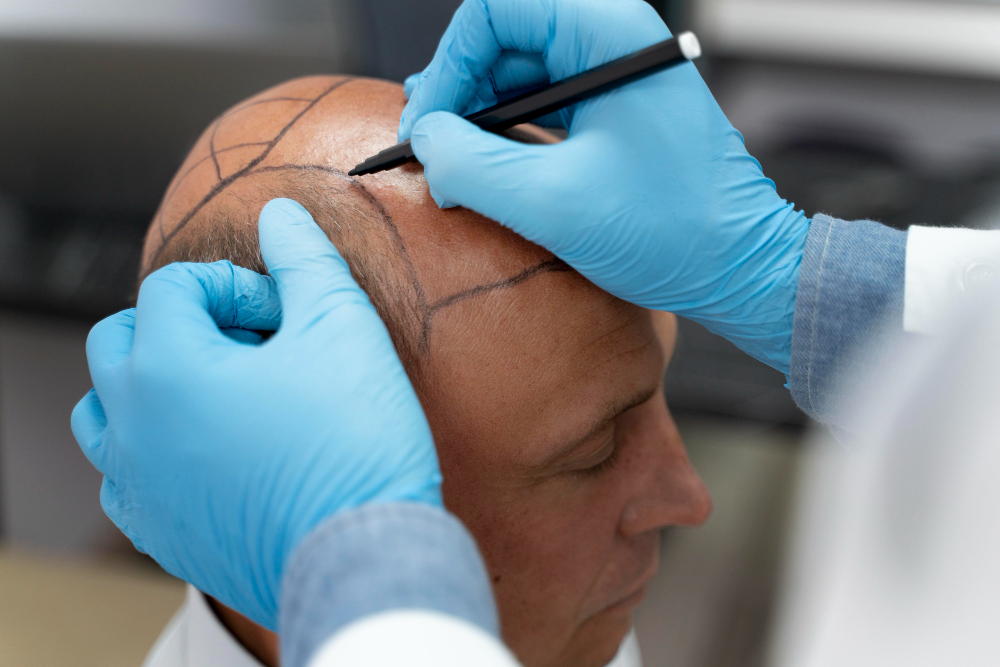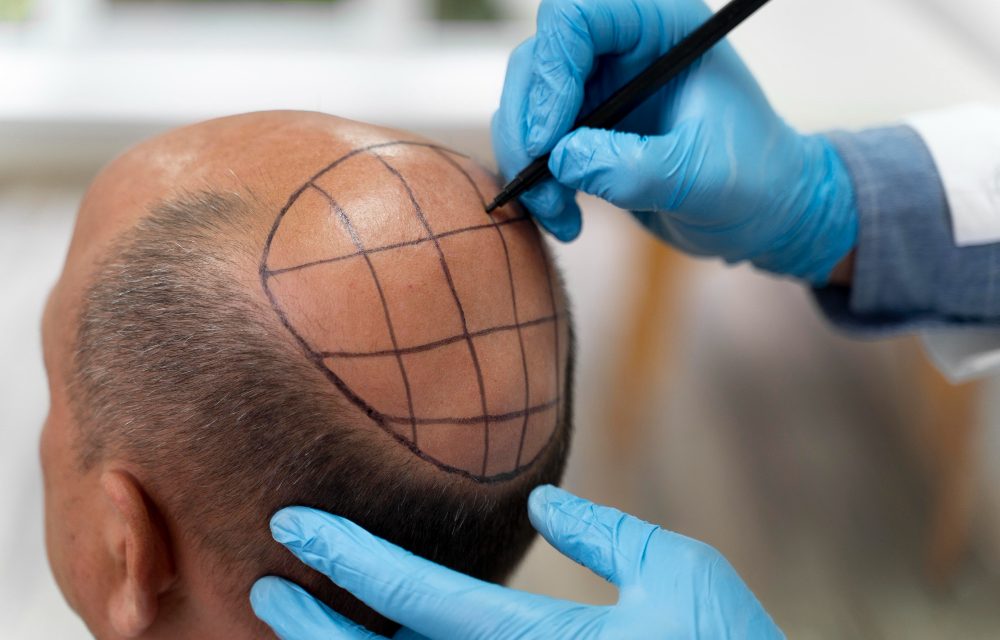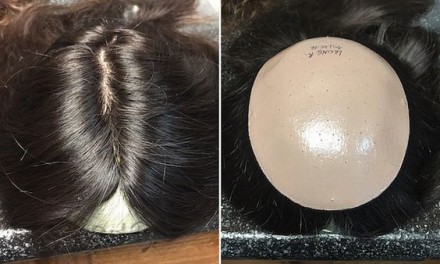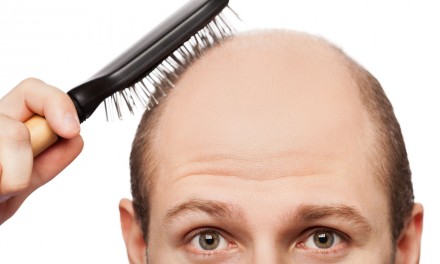For the longest time, hair loss has been a problem for a lot of people. Losing hair can sometimes be equated to losing confidence. After all, our hair is our crowning glory. And to deal with it, people have concocted home remedies to either slow it down or ultimately reverse hair loss. But most of the time, it is a hit-or-miss proposition when it comes to these methods. But thanks to modern science, there are now newer ways to help you regrow your hair, from taking oral medications such as finasteride and minoxidil, to the more advanced, but admittedly much more expensive, method of hair transplant. This surgery has been done by doctors from the United States since the 1950s. And with technological advancements over the years, techniques have also improved a lot since then.
A hair transplant is a procedure done by a surgeon specializing in dermatology or a surgeon specializing in reconstructive procedures. Hair transplant, as the name suggests, is basically the transplanting of hair to an area of the head of someone who is suffering from hair loss, thinning of hair on some areas of the scalp, or where there is no hair at all. The surgery is always done in a medical office and under local anesthesia. While a hair transplant is an effective way to treat pattern baldness or hair loss, this procedure does not provide an assurance that you won’t experience losing your hair ever again. Follow-up transplants are needed to maintain a thick head of hair. While hair loss is common in both men and women, hair transplants can only be done on an individual provided he/she has enough healthy hair on the scalp to be used for transplanting to other areas that need hair and he/she can grow hair back on areas of the scalp that are thinning. A thorough scalp exam will be performed by your dermatologist to determine if you have both of these qualities. Some other tests also have to be conducted, such as a hair biopsy, where a sample will be taken by the dermatologist during your consultation, and a blood test to know what is going on in your body that is causing your hair loss. When the results come back proving you are a good candidate for a hair transplant, your dermatologist will then talk to you about what you could expect from the surgery based on the said results.

As aforementioned, this surgery is always done in a medical office. There, your surgeon will clean your scalp and inject numbing medicine on the back of your head before proceeding with the hair transplant. Follicles will then be removed from what is referred to as the donor area. This is an area that most of the time is the back of the head, where there is a dense growth of hair. The follicles that were harvested from the donor area will then be transplanted to the area of your scalp that needs them. This surgery usually takes between four and eight hours to perform, with some having to come back for a few hours the next day to finish it if there is a large amount of hair to be transplanted. You can be awake throughout the surgery with the help of anesthesia to numb your scalp, so you will not feel any pain. Some who undergo this surgery also take sedatives to help them calm down.
Hair transplants have two main types: Follicular Unit Strip Surgery (FUSS) and Follicular Unit Extraction (FUE). So, what is the difference between these two types of surgery?
- Follicular Unit Strip Surgery (FUSS)
In this type of hair transplant, the surgeon will remove a strip of skin from the donor area, which is usually the back of the head. This typically measures from 6 to 10 inches. After that is done, the incision will be stitched closed, with the area concealed by the surrounding hair. Then, the surgeon’s team will proceed to work on the extracted scalp strip, dividing it into tiny follicular units with the help of a microscope. These follicular units, or grafts, contain a few hairs or just a single hair. The surgeon will then depend on the number of grafts and the type of graft that you’re getting on factors like your hair type, hair color, and quality.
- Follicular Unit Extraction (FUE)
This is the least invasive type of hair transplant. The surgeon’s team will have the back of your head (donor area) shaved, and they will then proceed to extract hair follicles from there one by one with the help of a tiny punch tool. Although this procedure might not require stitching, the donor area will scar in the form of tiny dots, but this will be concealed by the existing hair.
The aforementioned is where both procedures only vary. After that point, it will be basically the same. With the help of his/her team, the surgeon will prepare the area where the grafts will be planted by cleaning and numbing them. Slits or holes will then be created using a scalpel or a needle, respectively. This is where the grafts will be delicately and carefully placed. This whole procedure could take 4 to 8 hours depending on the area of the transplant covered.

Other than FUSS and FUE, there are also minor types of hair transplants like scalp reduction, tissue expansion, and flap surgery.
Scalp Reduction
- Also called alopecia reduction, this procedure is done by removing a small area of hairless skin from your scalp and then replacing it with skin that has hair. It is achieved by loosening the skin that contains hair over the bald area and stitching it into place. This procedure is ideal for people experiencing baldness on the top and back of their heads, as these areas are usually surrounded by skin that has hair.
Tissue Expansion
- This option is best for baldness and disfigurement of the scalp due to burns. This procedure is performed by a reconstructive surgeon and requires general anesthesia. This procedure is done by inserting a balloon-shaped implant under the scalp where there is still hair. This balloon-shaped implant, called the tissue expander, is gradually inflated over several weeks to help the skin stretch. The surgeon will then perform a second surgery where the bald areas will be covered by the stretched skin.
Flap Surgery
- This type of hair transplant is ideal for those who have large bald areas in front of their scalp. This procedure requires general anesthesia. Performed in phases over several weeks, the surgeon will cut superficially around three sides of the donor site, leaving the fourth side still attached for blood supply. The surgeon will then cut the flap and lift it over the areas suffering from baldness.
A hair transplant will leave your scar tender. Your surgeon will cover your scalp with bandages for at least two days. A prescription of antibiotics will be given to you to take for several days, with pain medications in case you might need them. The transplanted hair will fall out 2 to 3 weeks after the surgery, but you don’t have to worry because new growth will start to appear in just a few months, with 60% of new hair growth appearing within 6 to 9 months. Talk to your doctor and ask for help in weighing the pros and cons of this surgery in regards to your hair loss problem to find out the best option for you.
Sources:
https://www.webmd.com/skin-problems-and-treatments/hair-loss/hair-transplants#:~:text=Most%20people%20are%20able%20to,after%206%20to%209%20months https://www.healthline.com/health/hair-transplant#procedure https://www.aad.org/public/diseases/hair-loss/treatment/transplant#:~:text=Hair%20transplant%20surgery%20allows%20the,a%20few%20at%20a%20time https://my.clevelandclinic.org/health/treatments/21519-hair-transplant https://www.medicalnewstoday.com/articles/327229#types
© 2016-2022 by BaldTalk.com, an LiVenture. All rights reserved. No part of this document may be reproduced or transmitted in any form or by any means, electronic, mechanical, photocopying, recording, or otherwise, without prior written permission of LiVentures.












